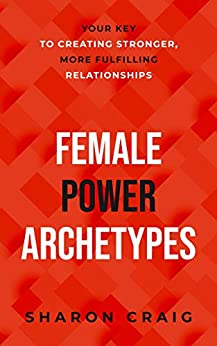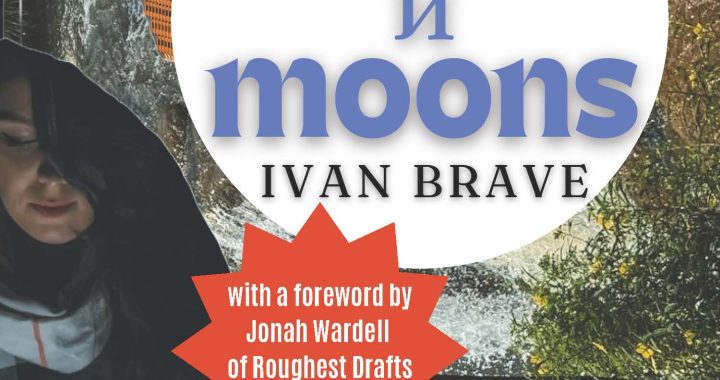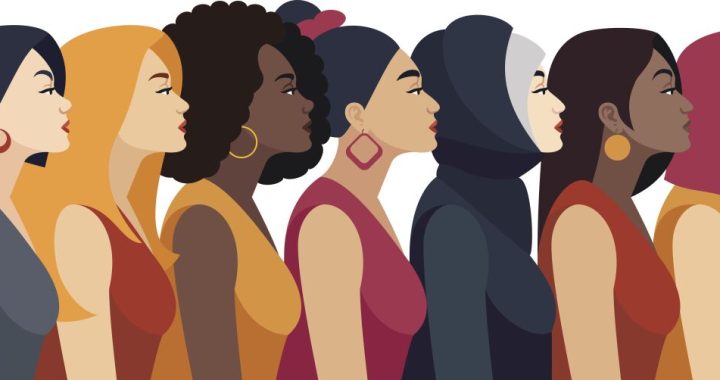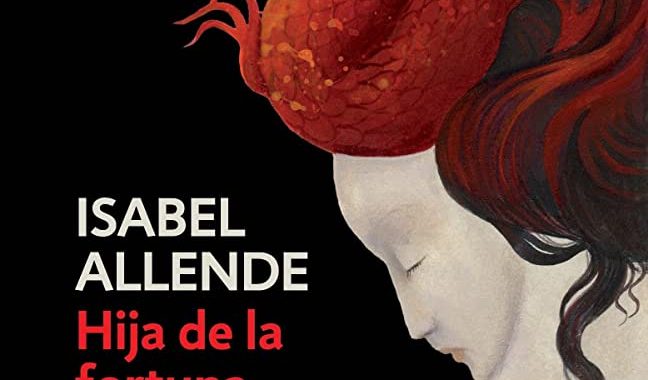Reviewed in the United States on April 26, 2020
In Craig’s book we are introduced to a legend of 10 personalities, each an attempt to map a particular set of behavioral patterns in adults. The evidence for these patterns are found in the author’s personal life, through her struggles naturally, but also as a seasoned professional in relationships, as well as research. After all, what should twenty years in the field of Social Work lead to, if not wisdom? Luck for readers, in these 156 pages and 84 footnotes we find wisdom paired with the power of articulation. More on the power of articulation, later.
For now, in review, it would be helpful to note for the reader a little of what to expect. I for one am guilty of mistaking this book’s purpose. I picked it up because I thought it would help me write better characters! Seriously, I am a fiction writer, but apparently a terrible reader, for I completely missed the obvious subtitle. So around the page where the author transitioned from a candid analysis of her personal experience as a Heroine archetype to the overview of the book, my eyes widened. Ultimately, it is a book about understanding real people, not characters.
Nevertheless, I was not disappointed to discover this book’s intention, for it was so well communicated, as I read on. In a nutshell, the author finds there are 5 archetypes for male and 5 for female, that is a 5 sets of behavioral patterns per sex, with a respective equal in the opposite: to ten total. What’s neat is the author gives each pattern (which is normally a subconscious, not-chosen response to a threat) a catchy label, making it easy to remember them.
For example, the author’s we already mentioned is the Heroine, or the one who must sacrifice herself for the partner. It can be very heroic indeed to set aside your petty wants in order to maintain the relationship, as we discover. But as anyone who’s survived a one-way relationship will point out, this is a short-term solution. After all, how many times will you die and somehow come back to life, before you forget why you are in a relationship in the first place? Coincidentally, paired with the Heroine, is the Knight. I remember, and will always remember this male archetype, because I consider myself one, wherein my sacrifices are of high value and importance, without which my relationships would not last. At least I see it that way, because I need to be needed — to borrow the author’s phrase — or else my relationships won’t work, will get boring, I’ll “die” and reincarnate in another relationship far away. It’s happened before.
Anyway, what I’m trying to paint in these short paragraphs is the power of this kind of non-fiction — to keep your eyes tracing the lines, while your brain connects it to your personal life. Reading, I had thought after thought after thought. “Of course!” I kept telling myself, reminded of one ex or another, “that was her, and that was her, and that was her. . .” showing me just how past relationships were doomed — thank God — while at the same time reassuring me that the marriage I am in now is based on healthier, secure, conscious, decision-based directives.
One downside to this book (I’m sorry! I really wanted to five-star this because it was very fun and useful to read) was the focus. There are a couple of quizzes, checklists, and self-assessments (which I happen to be a sucker for, and tried to complete) but aside from the attachment (secure), the quizzes was all tailored to women. Even the advice was mostly for women. And so, what did I do? I just filled out the questionnaires in place of my wife! HAH! For on the one hand, thank you for giving me some time to reflect on what my wife’s answers “might have been,” because it gave me insight into how I view her, not to mention how I think she views me. (Apparently she’s half-nag, half-heroine, a wonderful combination, which makes sense giving the escalation of anxiety, no?) But on the other hand, dear readers, I felt like half of the story was missing. How about some words on how Knight men can slip into Clingy men, in the presence of an Ice Queen? (Me.) Or how a Tin man might come out of his shell in the presence of a boss? (A friend this book reminded me of.)
Look, if these Terms confuse you, what you have to do is simple: just buy the book and read it.
But as a forewarning to readers, you will reach the end and feel there must be a sequel, Male Power Archetypes, where Craig maps out the various combinations of male-to-female . . . or better yet, there must be a third book which will combine them both, and include more stories of transformation, death and rebirth, from her personal life.




